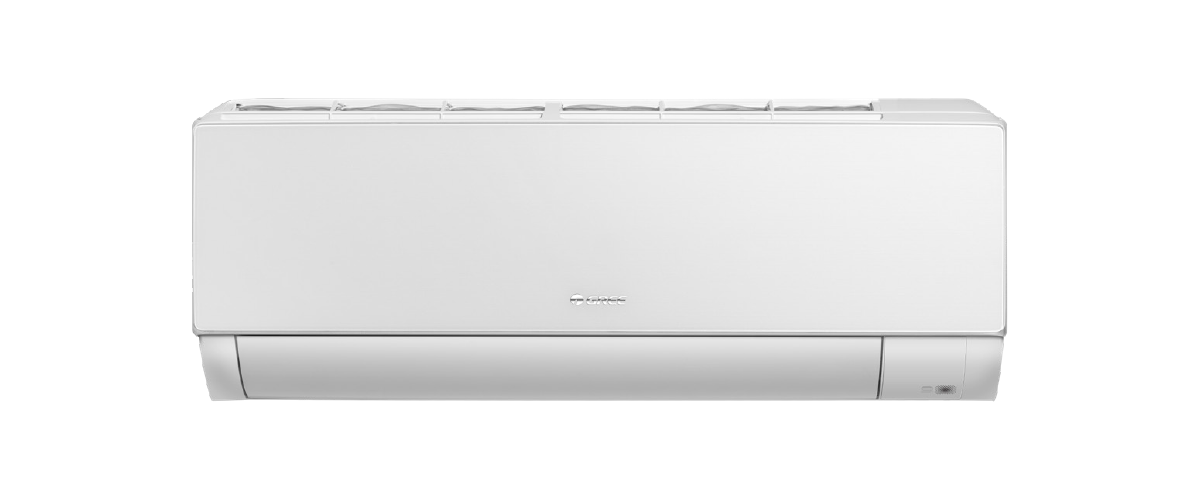The Ultimate Guide to Understanding Air Source Heat Pumps
The Ultimate Guide to Understanding Air Source Heat Pumps
Blog Article
Are Air Source Heat Pumps Right for Your Home?
When it comes to energy-efficient and eco-friendly heat solutions, air source temperature sends (ASHPs) be noticeable as a well known selection for homeowners and organizations alike. But with increased interest bordering sustainability and clean energy, knowledge how air supply temperature pushes work and their advantages is essential for creating an educated decision. This short article can offer as your final information to demystifying Air source heat pump (Luftvärmepump) and exploring how they supply an impressive solution to modern heating needs.

What Can be an Air Resource Temperature Push?
An air source heat pump is really a heating and chilling program that extracts temperature from the outside air and transfers it inside to effectively control the heat of a building. Unlike old-fashioned heating systems that depend on using gas, ASHPs use electricity to go temperature, creating them a more sustainable and cost-effective option.
You can find two major types of air resource temperature pushes:
1. Air-to-Air Heat Sends: These move temperature to the air within your home or making, working much like a main-stream HVAC system but with greater efficiency.
2. Air-to-Water Heat Pumps: These programs temperature water that may then be used in radiators, underfloor heating techniques, and for domestic hot water.
How Do Air Source Temperature Pumps Work?
Air supply temperature sends perform on an easy however innovative concept. They get temperature from the outside air, even yet in colder conditions, using a compressor and a refrigerant system. Here's a rapid breakdown of the method:
1. Heat Assimilation: The machine absorbs temperature from the air outside.
2. Pressure: The heat is then compressed using a refrigerant, raising their temperature.
3. Temperature Move: That temperature is shifted in to the making to warm the home or water.
4. Recycling: The refrigerant rounds back again to repeat the process.
ASHPs can also reverse this process in warmer months, acting as an air conditioner by moving heat from inside to the exterior air.
Why Pick Air Source Heat Pushes?
The rising popularity of air resource heat sends could be linked to their numerous benefits over standard techniques:
• Energy Performance: ASHPs use electricity to move heat rather than create it, lowering power consumption.
• Eco-Friendly Heat: By leveraging green temperature from the air, ASHPs decrease carbon emissions significantly.
• Charge Savings: While the first investment may be higher, reduced energy expenses produce ASHPs a cost-effective alternative in the extended term.
• Usefulness: Whether you're needing heating, cooling, or hot water, air resource temperature pumps provide multi-functionality in one system.
• Small Maintenance: These methods were created for low maintenance, usually requiring only an annual check-up.
Are Air Resource Temperature Pushes Right for You?

Air source temperature sends are most effective in covered homes and in areas wherever temperatures do not often decline exceedingly low. If you're contemplating one, here are a several facets to consider:
• Recent Heat System: Retrofitting a temperature push in to a preexisting program might require extra upgrades, such as for example greater warmth or appropriate temperature emitters.
• Outdoor Space: ASHPs need space about them to allow unrestricted airflow.
• Upfront Fees: As the purchase and installment prices may appear high, government incentives and long-term savings often offset that preliminary investment.
Ultimate Thoughts
Air resource heat sends represent a step forward in sustainable heating and power efficiency. Making use of their ability to cut down on carbon emissions and deliver reliable comfort year-round, they are a engaging choice for anybody looking to align with cleaner power solutions. By understanding how these systems function, you'll be well-positioned to choose if they're the proper match for your property or business.
Report this page